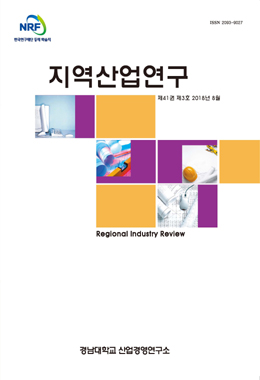조직정치지각은 한 개인이 조직내에서 타인의 이익을 희생시켜 장·단기적으로 자신의 이익을 추구하고자 하는 전략적 행동이라고 할 수 있다. 이는 오늘날 조직환경에서 중요한 이슈중의 하나인데 왜냐하면 구성원의 태도 및 행동 예컨대 직무만족, 조직몰입, 직무소진, 스트레스, 이직의도, 태만행동 등에 영향을 미치기 때문이다. 이러한 맥락에서 본 연구의 목적은 조직정치지각이 구성원의 감정고갈과 이직의도에 미치는 영향을 규명하고자 하였다. 가설검증을 위해서 강원지역에 근무하는 283명의 구성원들을 대상으로 실증분석을 실시하였다. 분석결과 조직정치지각은 구성원의 감정고갈과 이직의도에 정(+)의 영향을 미치며, 성실성은 조직정치지각과 감정고갈 및 이직의도 간의 관계에 있어서 조절효과가 있는 것으로 나타났다. 따라서 이러한 연구결과를 토대로 본 연구에서는 몇가지 이론적, 실무적 시사점과 향후 연구방향을 제시하였다.
Perceived organizational politics has been defined as a strategic action taken by an individual within an organization that will lead to long term or short term personal outcome at the expense of other. It is one of the important topics discussed in today’s organizational setting as it involves negative implications on employees’ attitudes, behaviors and performance including job satisfaction, organizational commitment, job burnout, stress, turnover intention and negligent behavior.
The purpose of this study was to examine the relationships among perceived organizational politics, emotional exhaustion and turnover intention. To test the hypotheses, a survey targeting firms in the Gangwon-do region was conducted and 283 employees were used in the actual analysis. Results indicated that perceived organizational politics was positively related to emotional exhaustion and turnover intention. In addition, the relationships among perceived organizational politics, emotional exhaustion and turnover intention was moderated by conscientiousness.
Theoretical and managerial implications were discussed based on the results of the study and recommendations for future research were suggested.


